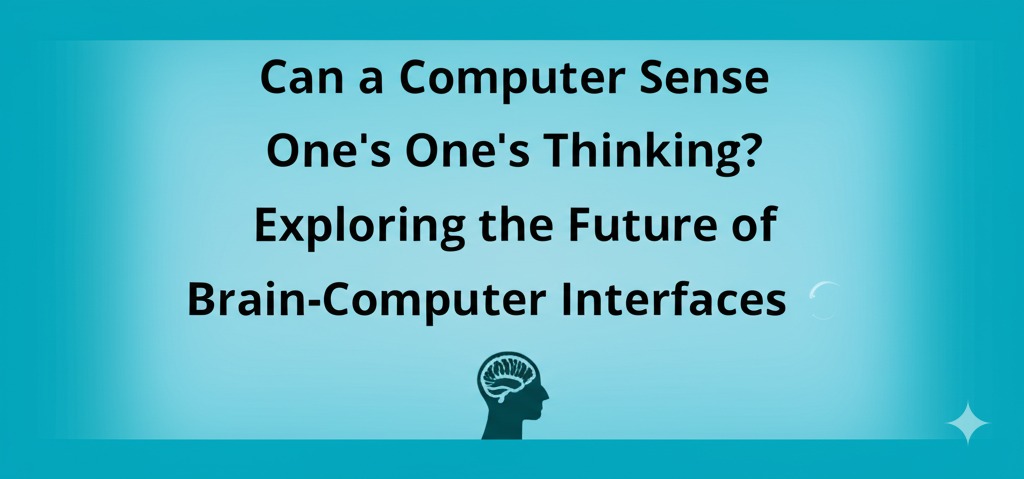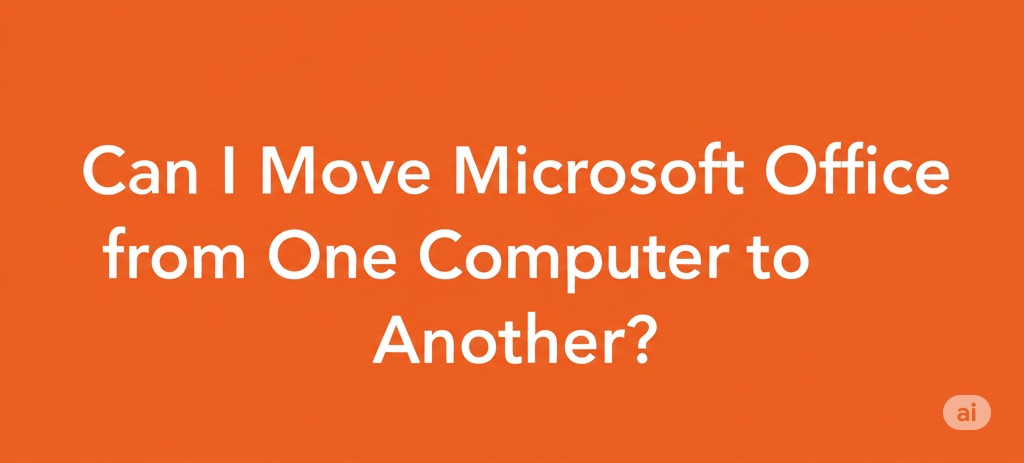In recent years, technology has made incredible leaps, and we are now standing at the edge of what seems like science fiction becoming reality. One of the most fascinating developments in the tech world is the potential for computers to “sense” or “read” our thoughts. While it sounds like something out of a futuristic movie, advancements in brain-computer interfaces (BCIs) have made it increasingly possible for computers to interact directly with the human brain. But how close are we to a world where computers can truly sense our thoughts? Let’s dive deeper into this concept, exploring the science, technology, and ethical implications of such a breakthrough.
What Are Brain-Computer Interfaces (BCIs)?
Understanding Brain-Computer Interfaces
A Brain-Computer Interface (BCI) is a technology that enables direct communication between the brain and external devices, like computers or robotic limbs. This interface works by translating brain signals into commands that machines can understand and respond to.
How Do BCIs Work?
BCIs work by monitoring electrical activity in the brain, typically using non-invasive techniques like EEG (electroencephalography) or more invasive methods involving implanted electrodes. These signals are then processed and translated into digital data, which can control devices or even allow users to communicate.
For instance, people with severe disabilities, like those who are paralyzed, can use BCIs to control prosthetic limbs or communicate by simply thinking.
Can BCIs Read Thoughts?
The Current State of Thought Detection
While BCIs can effectively capture brain activity, they are still far from fully understanding or “reading” a person’s thoughts in a clear, precise way. Current BCIs are primarily used to interpret specific signals, such as the intention to move a limb or the desire to communicate. However, detecting complex thoughts, emotions, or intentions remains a significant challenge.
Recent Breakthroughs in Thought Detection Technology
Researchers have made substantial progress in the field of neural decoding, which involves interpreting brain signals to predict a person’s thoughts or actions. Recent studies have demonstrated the ability to reconstruct images or even simple thoughts from brain activity. For example, scientists have used BCIs to reconstruct images that a person was viewing, based on brain signals. While these advancements are promising, they are still in their early stages.
The Future of Thought Sensing Technology
Enhancing Precision and Accuracy
In the future, we may see BCIs that are capable of detecting and interpreting a wider range of thoughts. This could involve improved neural decoding techniques that enhance the accuracy and resolution of brain signal interpretation. Advances in machine learning and AI could also play a role in making BCIs smarter and more capable of understanding complex thought patterns.
Applications of Thought Sensing Technology
If computers could truly sense one’s thinking, the possibilities for application would be immense. Some potential uses include:
- Medical Applications: Helping people with neurological disorders like ALS, paralysis, or even brain injuries to communicate or control prosthetics.
- Personal Assistants: Imagine a digital assistant that understands your thoughts and anticipates your needs before you even voice them.
- Mental Health Monitoring: Using BCIs to track brain activity and better understand mental health conditions such as depression, anxiety, and PTSD.
Ethical Considerations of Brain-Computer Interfaces
Privacy Concerns
One of the most significant concerns with BCIs and thought-sensing technology is the issue of privacy. If a computer can read your thoughts, where do we draw the line? How do we ensure that such sensitive information isn’t exploited or misused?
Security Risks
There’s also the risk of hacking. Just as cybercriminals can breach computer systems, there’s a potential for malicious actors to gain access to a person’s brain signals. This could have far-reaching consequences for both personal security and societal trust in BCI technology.
Conclusion: The Future of Thought-Reading Technology
The idea of computers sensing our thoughts may still seem like something from the realm of science fiction, but thanks to the rapid advancements in Brain-Computer Interfaces (BCIs), this technology is slowly moving toward reality. While we are not yet at the point where computers can fully read our thoughts, breakthroughs in neural decoding and machine learning are paving the way for a future where thought-sensing technology could become commonplace.
However, with great potential comes great responsibility. As we move forward, it’s essential to address the ethical, privacy, and security concerns that arise with such powerful technology.

Caleb Carlson is a contributing writer at Computer Site Engineering, specializing in computer technology, software trends, and hardware innovations. His articles simplify complex tech topics, making them accessible to readers of all levels.





